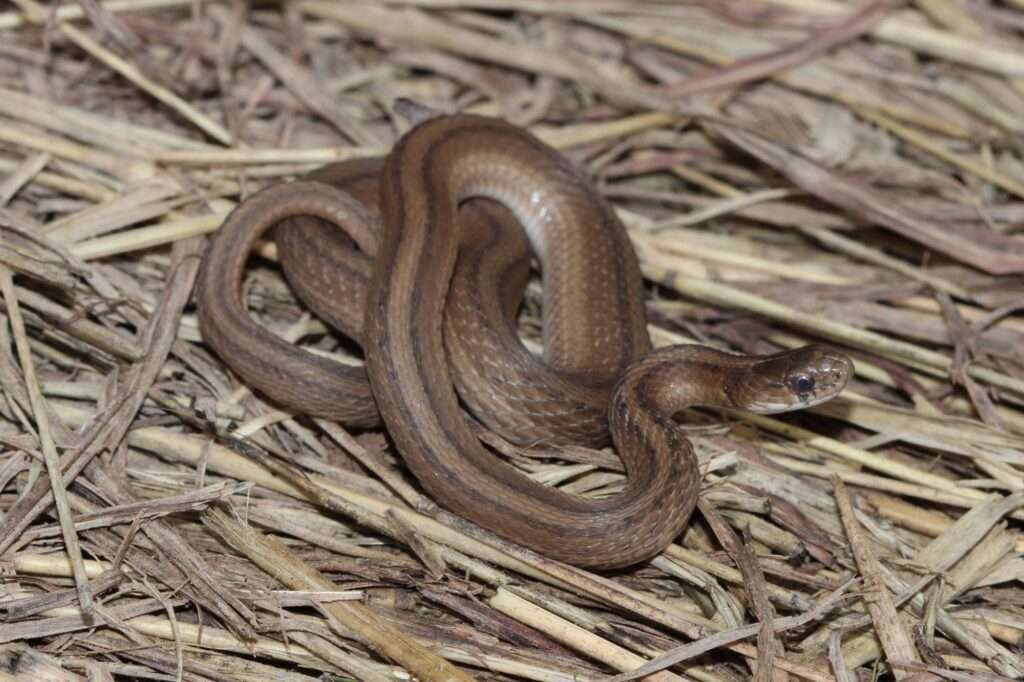
Description:
Scientific name: Storeria dekayi
Life span: More than 10 years
Storeria dekayi is a tiny non-venomous species of snake in the Colubridae family. It is also known as De Kay’s brown snake, De Kay’s snake, and simply the brown snake. S. dekayi has a ventral coloration of lighter brown or pink with tiny black dots at the extremities of the ventral scales. Dorsally, it is brown to gray with a lighter central stripe flanked by little black spots. It lacks a loreal scale and has keeled dorsal scales.

Native Region/Habitat
Southern Ontario and Quebec, the majority of the eastern United States, Mexico, Guatemala, Honduras, and maybe El Salvador are all native habitats of S. dekayi. More specifically, this widespread species can be found from sea level to 1,400 meters (4,600 feet) above sea level in the majority of wetlands and terrestrial environments east of the Great Plains.
Behavior:
Brown snakes are typically solitary, and the only times you’ll see them together are while they’re hibernating or mating. They hibernate in group dens, typically in rocky outcrops or rodent burrows, during the chilly winter months. Since they are nocturnal, these snakes typically hide during the daytime under logs, rocks, leaves, and other coverings. Brown snakes flatten themselves against the ground to appear larger when they sense danger and, if handled, release a pungent musk.
Care As a pet/In captivity:
Enclosure: It can live well in a 10-gallon tank. They are perfect candidates for keeping in naturalistic terrariums filled with living plants since they will display a larger range of natural behaviors in these environments. A 20-gallon container may hold two to three individuals.
Substrate: DeKay’s Snakes do not thrive in bare enclosures or in newspapers like the majority of snakes do. Instead, their terrarium should be filled with a mixture of coco-husk, aspen, or a reptile substrate resembling a rainforest, such as Zoo Med Forest Floor Bedding. Never ever use sand.
Diet: Earthworms, butterworms, mealworm pupae, black army fly larvae, and canned silkworms are all healthy food options for captive snakes. It’s entertaining for the owners to give them these as a gift and watch how they extract snails from their shells and consume them thanks to their unique teeth and jaws.
Temperature: Many keepers discover that this species does not require a basking place and does well in typical room temperatures. If you’d like, you can provide a basking lamp, but it must be carefully positioned so that the temperature never rises above 90 degrees F at any location near the snake.
Humidity: This species is accustomed to some moderately humid environments that are neither tropical nor desert-like. 40% humidity on average should be sufficient, unless your snake is beginning to shed, in which case 60-65% is preferable.
Table





